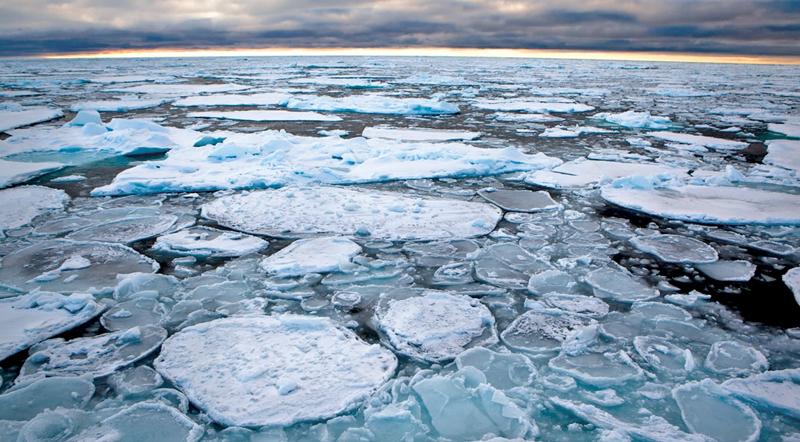
Usually frozen waters open up twice a year in a phenomenon scientists described as scary
 Scientists say thinning of the sea ice has reached even the coldest parts of the Arctic. The oldest and thickest sea ice in the Arctic has started to break up, opening waters north of Greenland that are normally frozen, even in summer. This phenomenon - which has never been recorded before - has occurred twice this year due to warm winds and a climate-change driven heatwave in the northern hemisphere.
Scientists say thinning of the sea ice has reached even the coldest parts of the Arctic. The oldest and thickest sea ice in the Arctic has started to break up, opening waters north of Greenland that are normally frozen, even in summer. This phenomenon - which has never been recorded before - has occurred twice this year due to warm winds and a climate-change driven heatwave in the northern hemisphere.
One meteorologist described the loss of ice as “scary”. Others said it could force scientists to revise their theories about which part of the Arctic will withstand warming the longest.
The sea off the north coast of Greenland is normally so frozen that it was referred to, until recently, as “the last ice area” because it was assumed that this would be the final northern holdout against the melting effects of a hotter planet.
“Almost all of the ice to the north of Greenland is quite shattered and broken up and therefore more mobile,” said Ruth Mottram of the Danish Meteorological Institute. “Open water off the north coast of Greenland is unusual.
This area has often been called ‘the last ice area’ as it has been suggested that the last perennial sea ice in the Arctic will occur here. The events of the last week suggest that, actually, the last ice area may be further west.” Ice to the north of Greenland is usually particularly compacted due to theTranspolar Drift Stream, one of two major weather patterns that push ice from Siberia across the Arctic to the coastline, where it packs. - Internet
